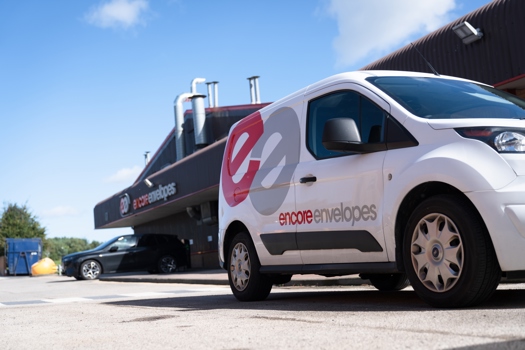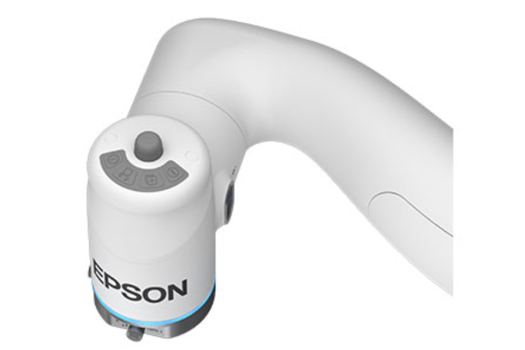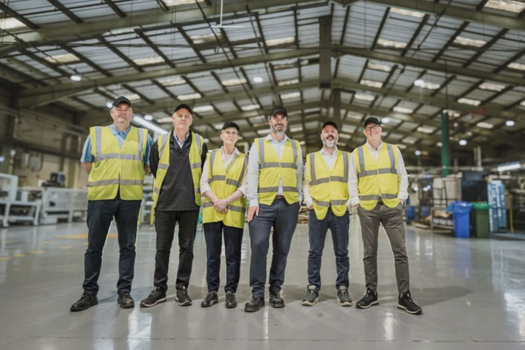Time is ticking for the museum, which has been in temporary accommodation at the National Trust’s Blickling Estate stately home near Norwich since 2019, but Paul Nash, chair of the Norwich Printing Museum Trust told Printweek there was grounds for optimism.
“There has been some progress, but we still don’t have a definite home,” he said.
“What we are really looking for is our dream museum, which would be in the centre of Norwich, big enough for all our equipment, with a solid floor and access for large machinery.”
Norwich Printing Museum is able to house just 15% of its full collection at Blickling, severely limiting the machines it can display and run for visitors.
“We’ve had a very successful time at Blickling under the wing of the National Trust, and have had a lot of accidental visitors, but it has to come to an end in October,” Nash said.
So far, the Museum has identified one site with strong potential in the centre of Norwich that would allow it to display all its machinery bar its four largest machines – including a working Ratcliffe direct litho press, designed in the 19th Century and built in the 1920s, thought to be the only surviving example.
“The presses all weight about four to five tons and are more than two metres wide, so getting them into this premises would be very difficult. It’s not ideal, but it’s a reasonable compromise, because we would be able to show about 90% of our holdings,” Nash said.
“We must have something like 50 different presses, as well as book binding machinery and an awful lot of type, both wood and metal, and machinery for doing lithographic and intaglio printing too.”
Thanks to the Museum’s historic connection to Norwich – it was formerly known as the John Jarrold Printing Museum, after the Norwich print firm that created it – and the city’s strong tourist trade, Nash said it would be best to stay there, rather than look elsewhere.
The approaching deadline, and prospect of a new home for the museum, is an exciting prospect after so many years’ searching, he added.
“It’s exciting, but scary as well. We are on the threshold of a new era with the museum, and it’s both exciting and daunting.”
Once in place, the team will concentrate on bedding back in to the town community, and even recruiting volunteers from Norwich’s ex-print population.
“The first thing we’ll do is lay out the museum, making it both inviting and practically useful as display and workshop for teaching and demonstrations,” Nash said.
“Then we’ll develop a programme of outreach, classes, courses, and start taking on printing and bookbinding commissions once we have all the equipment in place.”
Until then, Nash said, suggestions are very much welcome should anyone have the “perfect museum” up their sleeve.









